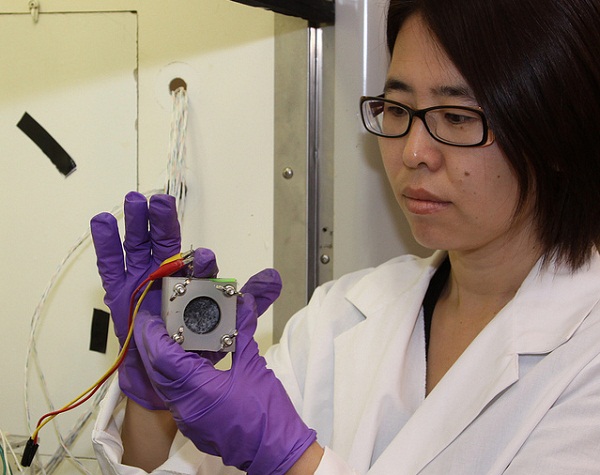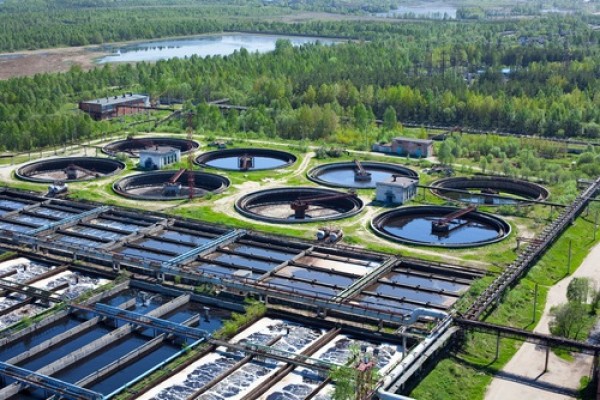If Oregon State University researchers can take their new work on turning wastewater into electricity from the lab to real world, we might be looking at an energy revolution. No, really: The scientists say their new microbial fuel cell could not only power wastewater treatment plants, but turn those plants into power stations.
That energy can be produced from wastewater isn’t a novel idea — there are anaerobic digestion systems at work right now taking advantage of the methane derived from wastewater treatment. One plant in California feeds captured and cleaned-up methane right into the natural gas pipeline, while another converts the biogas to hydrogen that goes for two uses: in a fuel cell to produce electricity that powers the treatment plant, and to a fuel-cell vehicle fueling station.

Hard to argue with either of these systems, but the Oregon State scientists say that based on their new work, it’s clear that a different technology – microbial fuel cells, or MFCs – holds out far greater energy-producing potential.
The researchers say that by applying several new concepts to MFCs, they can produce 10 to 50 times the electricity than had been seen in other wastewater-treatment/MFC research.
“If this technology works on a commercial scale the way we believe it will, the treatment of wastewater could be a huge energy producer, not a huge energy cost,” Hong Liu, an associate professor in the OSU Department of Biological and Ecological Engineering, said in a statement. “This could have an impact around the world, save a great deal of money, provide better water treatment and promote energy sustainability.”
Simply powering the treatment plants would be an achievement; the university estimates that “3 percent of the electrical energy consumed in the United States and other developed countries is used to treat wastewater, and a majority of that electricity is produced by fossil fuels that contribute to global warming.”
MFCs share a characteristic with anaerobic digestion – both technologies rely on bacteria acting on organic waste. But instead of using the gas produced, MFC’s harvest the electrons. They run from the anode to the cathode in the fuel cell to create an electrical current.
The Oregon team pointed to three advances that help crank up the energy-producing power of their MFC: reduced anode-cathode spacing, evolved microbes and new separator materials. The researchers said all this led to electricity production in the lab of more than two kilowatts per cubic meter of liquid reactor volume – an amount that “far exceeds anything else done with microbial fuel cells.”
The Oregon research was funded by the National Science Foundation and published in the journal Energy and Environmental Science. The next step in advancing the technology is to do a pilot study.
Well, actually, the next step is getting funding for doing a pilot study, the university said. Assuming that happens, the researchers say they think a food processing plant, “which is a contained system that produces a steady supply of certain types of wastewater that would provide significant amounts of electricity,” would be a good place to see how the MFC performs.
Not that the MFC is considered perfect as is.

“Continued research should also find even more optimal use of necessary microbes, reduced material costs and improved function of the technology at commercial scales,” the scientists said.
Bringing the cost down sounds like it could be a key factor; the researchers admitted that initially, the price tag on such a system would be hefty. But if it can be trimmed, “the capital construction costs of this new technology should be comparable to that of the activated sludge systems now in widespread use today – and even less expensive when future sales of excess electricity are factored in,” the university said.